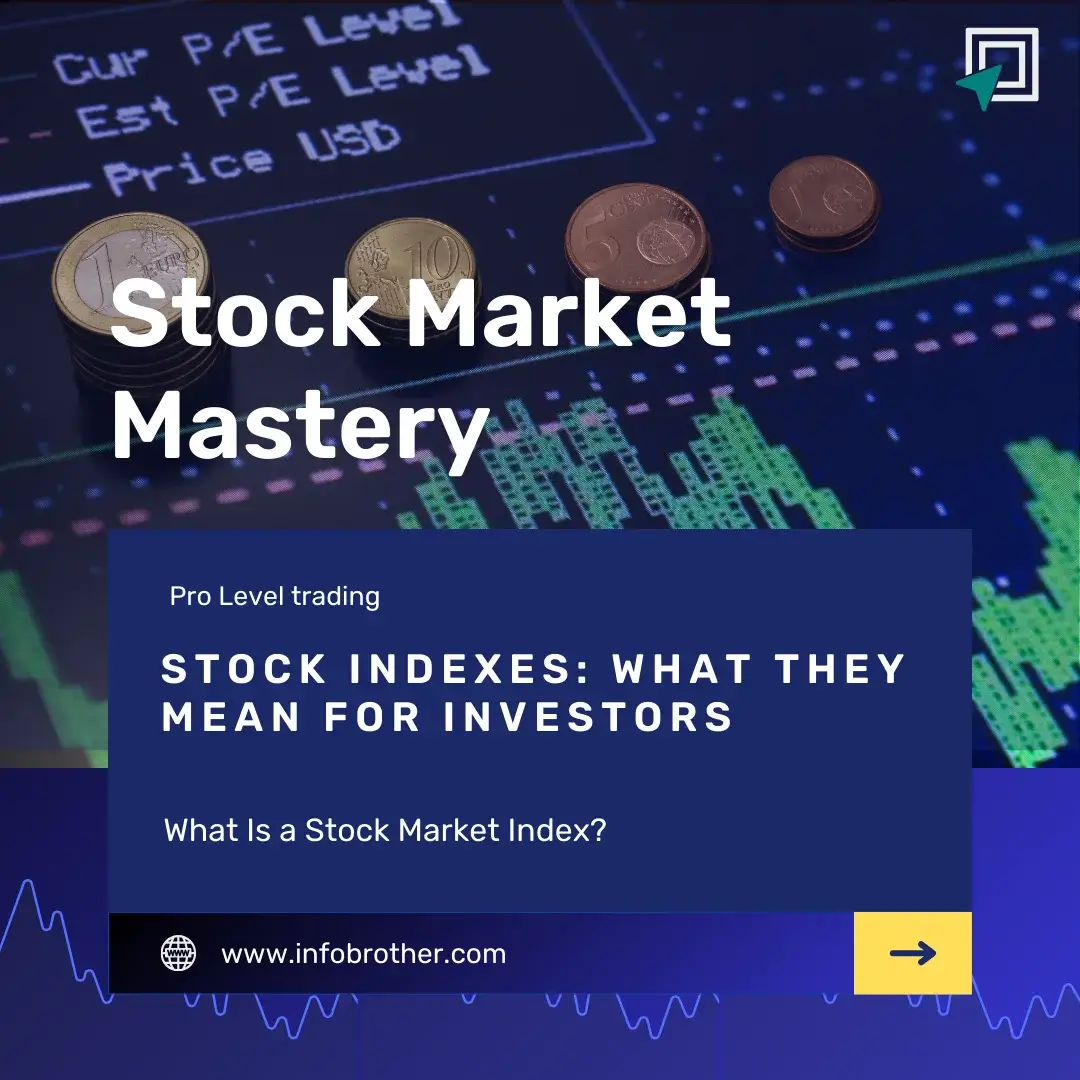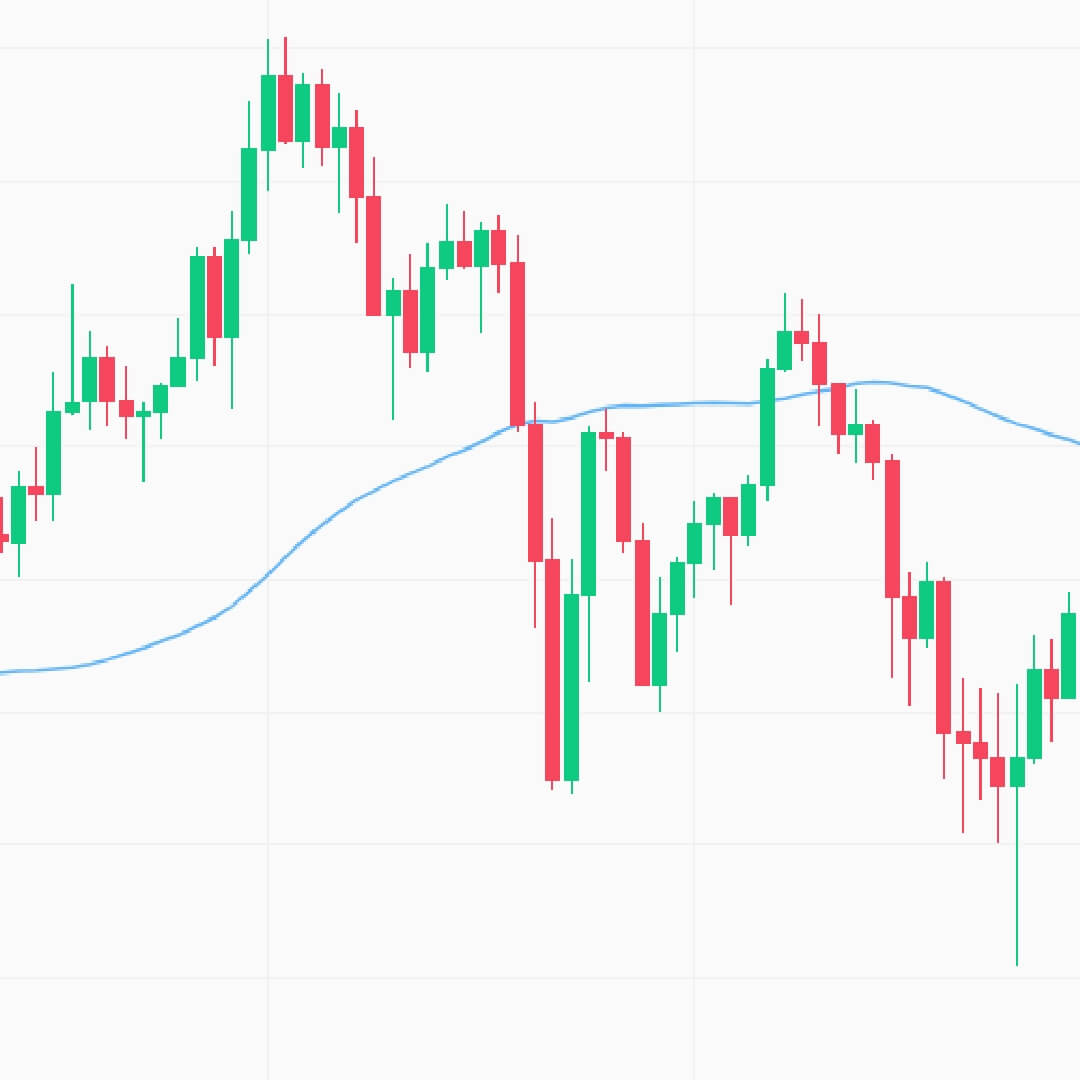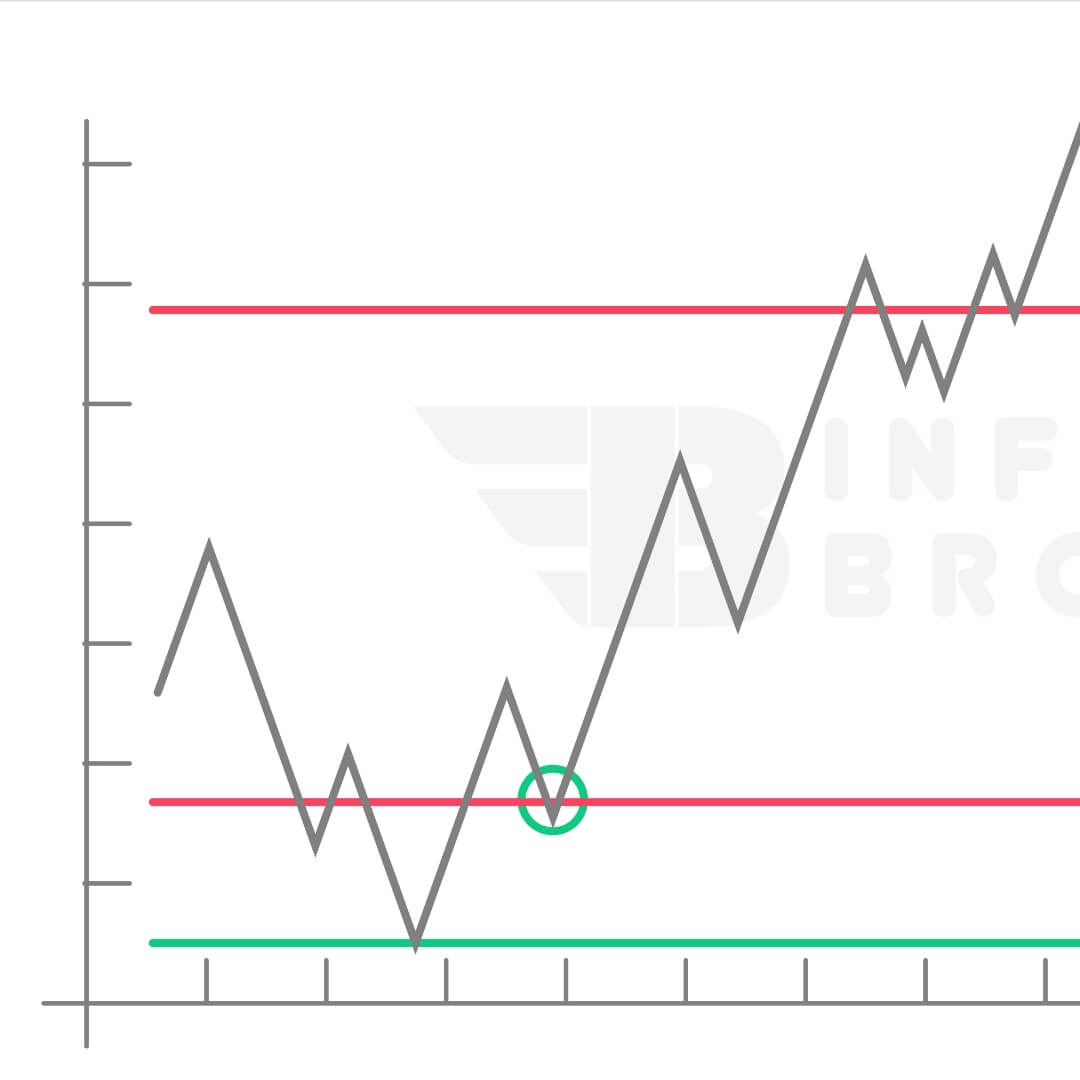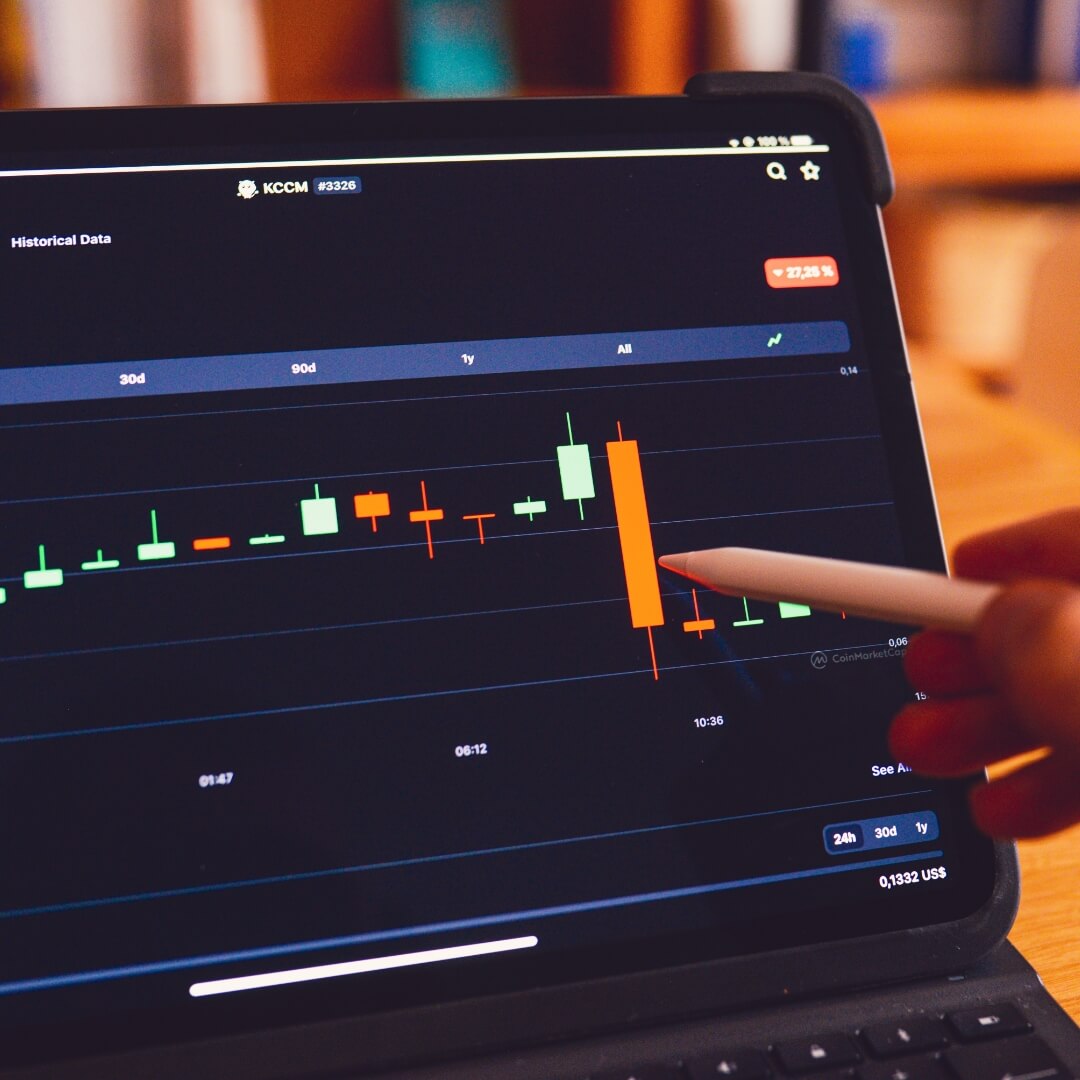What Is a Stock Market Index? Understanding Market Benchmarks Stock Indexes? What They Mean for Investors

Key Takeaways
Hey again! In this chapter, we're excited to share with you our complete guide on Stock Market Indexes. Our goal is to break it down in a way that's easy to understand, especially for students and anyone just starting out in the finance world.

Imagine the stock market like a huge store stocked with all kinds of products. In this comparison, these products are like different stocks of various companies. Just as a store has a lot to offer, the stock market has shares from many companies, each with its unique worth and performance.
In order to easily move around this huge store, we follow something similar to a grocery list called a Stock Market Index. This special list allows us to see how the market is doing by keeping tabs on the prices of certain stocks. It's like having a list of popular items that gives us a fast update on the store's performance.
Think of a Stock Market Index as a handpicked list of popular items in this store. By watching the prices of these selected items, we can gauge how well the store, or market, is doing. For instance, if the prices of the list items go up, it indicates that the store is thriving.
Another way to envision an index is to imagine a basket filled with different types of fruits. Instead of purchasing each fruit individually, the basket offers you a taste of all the different types available. Similarly, an index provides you with a quick overview of how a specific part of the stock market is performing. This way, you do not have to analyse each stock individually to understand market trends; the index presents the complete picture for you.
Just as a store is divided into different sections, the stock market has various types of indexes for its different parts, much like different departments within a store. There are indexes for technology stocks, healthcare stocks, industrial stocks, and more. Each of these indexes provides insights into how that particular section of the market is performing.
There are a few well-known indexes that you might have heard of, like the S&P 500, the Dow Jones Industrial Average, and the NASDAQ. Each of these indexes has its own area of focus and keeps an eye on a specific part of the market.
For example, the S&P 500 looks at 500 of the biggest companies in the US, giving us a broad view of how the market is doing. The Dow Jones keeps tabs on 30 major companies, offering a more concentrated but still significant glimpse into market trends. The NASDAQ is all about technology and internet-based companies.
In upcoming lessons, we'll explore each of these indexes in more detail.
The Function of Indexes
In simple terms, indexes show the average price of a specific set of stocks. They give us an idea of how well these stocks are doing in the market overall. The way this average is calculated means that bigger companies have a bigger influence on how the index performs than smaller ones, making it a better representation of the market as a whole.
For instance, an index focused on technology stocks might represent the average price of 100 different tech companies. If the overall prices of these companies rise, the index goes up, indicating that the technology sector is doing well. Other indexes might concentrate on particular industries, geographical regions, or market capitalisations, providing specific insights into those areas.

Health Indicators of the Market
An index reflects the health of a particular market segment. By showing trends and stability, indexes act as indicators of the overall health and activity within that sector. For example, if a healthcare index is consistently rising, it suggests that the healthcare industry is robust and growing.
Using Indexes as Benchmarks
Investors use stock market indexes as benchmarks to assess their investment performance. These benchmarks help determine if their investments are doing better or worse compared to the market as a whole. Additionally, indexes provide valuable insights into specific segments of the market, helping investors make informed decisions.
If your investments are outperforming the benchmark, you might decide to continue with your current strategy. On the other hand, if your investments are underperforming, it may be time to review and adjust your portfolio. For example, if your investments are lagging behind the S&P 500, you might need to reevaluate your stock choices or consider different sectors.
Additionally, you have the option to invest directly in index funds. These funds are created to mirror the performance of a certain index, making it easy for you to invest in a wide market area while decreasing the risk linked to single stocks. When you invest in an index fund, you're basically owning a small share of every stock in that index.
So, if you're not really into picking individual stocks or doing deep analysis, this type of investing where you can pick from a wide range of stocks without much hands-on work could be perfect for you. It's great for folks who want to take a more chill approach to managing their investments and just see them steadily grow over time.
The Diversity of Indexes
It's important to note that not all stock market indexes are the same. Each index focuses on different market sectors, regions, or company sizes, offering a diverse range of market insights. For instance, an index that focuses on small-cap companies will give you different information than one that tracks large-cap companies







